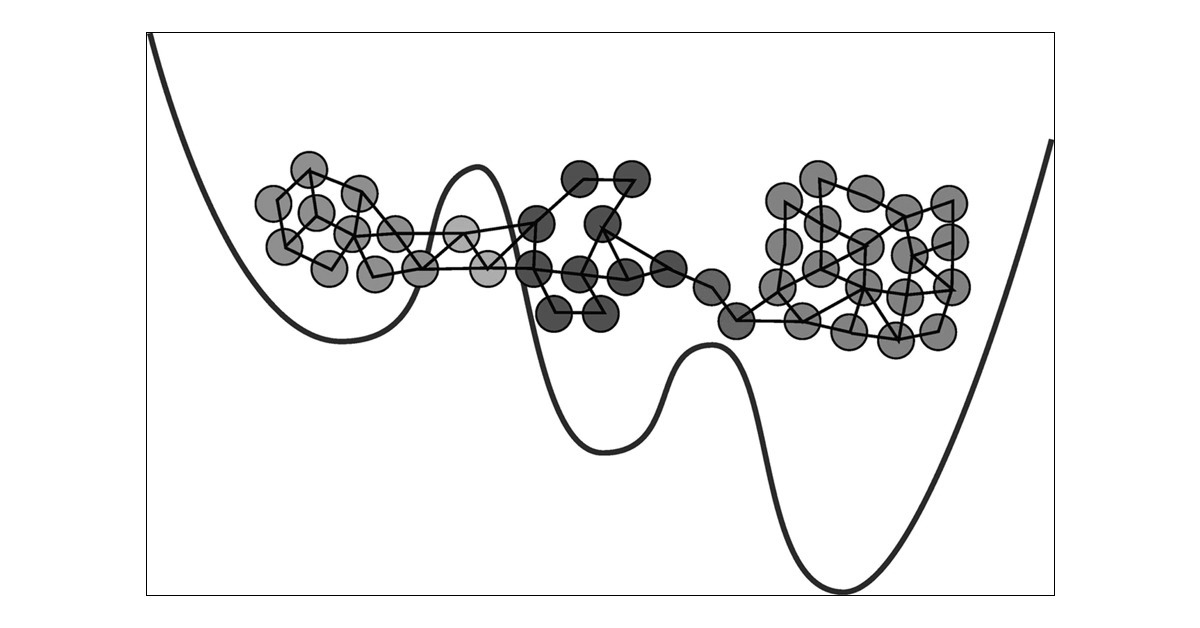Introduction
In the realm of decision-making, understanding the various mental models that shape our thinking is crucial for making informed and rational choices. One such mental model is Kinetics, which plays a significant role in our day-to-day lives, affecting personal decisions, business strategies, and even public policy-making. Rooted in human psychology, Kinetics refers to the tendency to be influenced by recent events or the momentum of past actions when making decisions, rather than considering the broader context or long-term implications. In this blog post, we will explore the concept of Kinetics, its prevalence, examples of its occurrence, underlying biases, strategies to avoid succumbing to it, and the importance of awareness in decision-making.
Defining Kinetics and Its Relevance
Kinetics can be defined as the cognitive bias that causes individuals or groups to rely heavily on recent events or the momentum of past actions when making decisions, rather than thoroughly evaluating the current situation or future consequences. It is an inclination to believe that the present trend or trajectory will continue unabated.
This mental model’s relevance lies in its impact on decision-making processes. By focusing on short-term trends or recent events, individuals may overlook important contextual factors or long-term consequences. This can lead to irrational decisions that are contrary to their best interests, both personally and professionally. Understanding Kinetics helps individuals become aware of the biases at play and make more objective and rational choices.
The Presence of Kinetics in Daily Life
- Personal Life Decisions: Consider a person who has been following a strict diet and exercise routine for several months and has experienced noticeable weight loss. However, during a social event, they encounter an array of tempting desserts and convince themselves that indulging in one won’t make much of a difference. This decision is influenced by Kinetics as they prioritize the recent enjoyment of the event over the long-term goal of maintaining a healthy lifestyle.
- Business Scenarios: In the business world, Kinetics often manifests in the stock market. Investors frequently make decisions based on recent price movements rather than evaluating a company’s fundamentals. For instance, a stock that has experienced significant gains in the past few weeks may be perceived as a safe investment, leading investors to buy in at an inflated price. However, the stock’s underlying value may not support the current price, resulting in potential losses in the long run.
- Public Policy-Making: Kinetics can also shape public policy decisions. A government that is focused on re-election may prioritize short-term policies that yield immediate benefits and gain public approval. This could involve allocating resources to projects with quick and visible results, even if they do not address long-term societal needs or have unintended negative consequences. As a result, the long-term impact and sustainability of such policies may be compromised.
Mental Biases Contributing to Kinetics
Kinetics is intertwined with various cognitive biases that impact decision-making. These biases include:
- Availability Bias: The availability bias leads individuals to heavily weigh recent or easily retrievable information when making judgments or decisions. This bias amplifies the influence of recent events, making them appear more significant and reliable than they actually are.
- Anchoring Bias: The anchoring bias occurs when individuals rely too heavily on an initial piece of information when making subsequent judgments or decisions. In the context of Kinetics, people anchor their decisions to recent events or trends, without considering the broader context or the possibility of change.
- Confirmation Bias: Confirmation bias causes individuals to seek out and interpret information that confirms their preexisting beliefs or expectations, while disregarding contradictory evidence. In the case of Kinetics, people tend to selectively perceive and remember information that supports the current trend or momentum, reinforcing their decision to continue down that path.
Strategies to Avoid Succumbing to Kinetics
- Expand the Decision Horizon: To counteract the myopic focus on recent events, consciously expand your decision horizon. Consider the broader context, long-term implications, and potential future scenarios before making a decision. Evaluate the sustainability and alignment with your goals, rather than solely relying on recent trends.
- Conduct Comprehensive Research: Engage in thorough research and analysis to gather a broad range of information. Look beyond recent events and consider historical trends, alternative perspectives, and expert opinions. A holistic understanding of the subject matter will enable more informed decision-making.
- Seek Diverse Inputs: Avoid relying solely on your own perspective by seeking input from a diverse group of people with varying experiences and opinions. This can help mitigate biases and provide alternative viewpoints that challenge the influence of recent events.
- Practice Mindfulness: Develop self-awareness and be mindful of your own biases and emotional responses. Recognize when you might be falling prey to Kinetics and consciously take a step back to evaluate the situation objectively. Engaging in mindfulness exercises, such as meditation or journaling, can enhance your ability to make rational decisions.
Conclusion
The Kinetics mental model is a prevalent cognitive bias that affects decision-making processes in various domains of life. By understanding this model and recognizing its presence in our lives, we can make more rational and objective choices. Awareness of the biases contributing to Kinetics, such as availability bias, anchoring bias, and confirmation bias, allows us to approach decisions with a critical mindset. By expanding our decision horizon, conducting comprehensive research, seeking diverse inputs, and practicing mindfulness, we can avoid succumbing to Kinetics and make decisions that align with our long-term goals and best interests. Remember, being aware of this mental trap is the first step towards making more informed and rational decisions in our lives.
